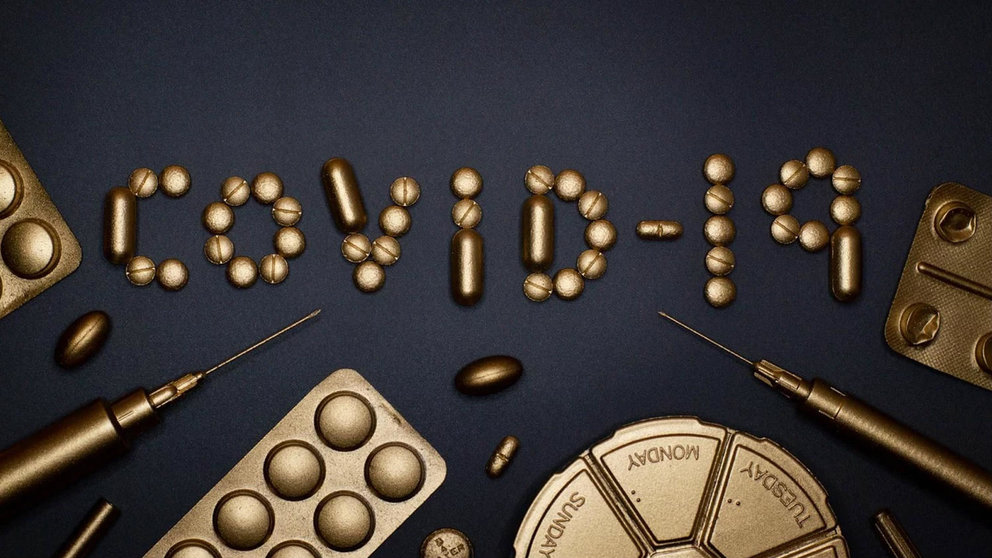It was very difficult to imagine eight years ago that a pandemic would get out of control and hold the world in suspense. However, even then there were very specific considerations as to what exactly happens when a dangerous virus spreads. 'Modi-Sars' is the name of the causative agent in a 2012 German Federal Government risk analysis that deals with the threats of a pandemic.
The experts are amazingly close to the current coronavirus (koronavirus, in Finnish) reality in their analysis.
The risk analysis "Pandemic caused by Virus Modi-Sars" describes a worldwide spread of a new pathogen originating from Asia - the hypothetical virus Modi-Sars. The scenario was developed under the leadership of the Robert Koch Institute (RKI) and with the participation of some federal authorities.
In the simulation, the virus spreads in Germany over a period of three years. After three years a vaccine should be available.
After the first wave of illness with 29 million infected subsides, two more weak waves with 23 and 26 million sufferers follow over the entire period in Germany. The number of infected people decreases because convalescents develop temporary immunity to the virus.
HIGH MORTALITY RATE
In the period outlined, "at least 7.5 million deaths are expected to be a direct result of the infection," the German Government paper said. This extreme assumption is based on the fact that the experts assume a very high mortality rate of 10%.
The mortality rate for the current coronavirus is significantly lower. In the analysis, other sick people and those in need of care are also increasingly dying. The reason for this is the overload in the health sector. Furthermore, the high number of infected overwhelms intensive care by a multiple.
The spread of the virus is slowed down and limited by "anti-epidemic measures". This includes quarantine for contact persons of infected people and isolation stations for highly infectious patients.
In addition, school closings and cancellations of major events are intended to prevent the spread of the virus. Without these measures, the course of the virus would be even more drastic, emphasizes the risk analysis.
In the scenario, the population behaves largely in solidarity. The impact of the pandemic will be reduced through mutual support and consideration.
Nevertheless, it cannot be ruled out that the situation promotes anti-social behavior, the report says. This includes, for example, burglary and theft of medication.
MAJOR WEAK POINT IS MEDICAL CARE
Even communication on social media was highlighted: "In addition, a more or less qualified exchange via new media such as Facebook or Twitter can be expected."
The scenario reveals medical care as a major weak point. The experts even assume that it will collapse nationwide.
"The high number of treatments poses immense problems for both hospitals and resident doctors," says the paper. Many of those affected are therefore cared for at home or in emergency hospitals.
The above-average number of staff losses due to the increased risk of infection is also taken into account in the risk analysis. This further aggravates the situation in the medical field. Bottlenecks arise for pharmaceuticals, medical devices, protective equipment and disinfectants. The industry can no longer fully meet demand.
CLOSURES CAN BE EXPECTED
The economic impact in the paper "cannot be estimated in concrete terms but can be immense". The effects on the food industry and the food trade are also serious in the scenario.
"The production of food is not possible in the usual amount," says the analysis. Disease-related failures in agriculture lead to significant losses in production. Food is also not available in the usual quantity and variety in supermarkets. "Closures can be expected," say the experts.
In the 2012 federal government scenario, the pandemic in February begins in Asia. The pathogen comes from Southeast Asia, where it occurs in wild animals and is transmitted to humans via markets.
CURRENT SITUATION
The current virus Sars-CoV2 is based on all previous information on the Huanan Seafood Market in Wuhan, China. This is stated by the Federal Ministry of Health, citing Chinese authorities, on its website. Some patients would have worked in the market, where wild animals and their innards are also offered.
COVID-19 VS MODI-SARS
In the Federal Government's risk analysis from 2012, the hypothetical Modi-Sars virus is almost identical to Sars-CoV in all its properties.
- The simulation is based on droplet and smear infections, as is the so-called coronavirus, which currently keeps the world in suspense. According to the RKI, this can happen via the mucous membranes of the respiratory tract. In theory, smear infection is also possible and infection through the conjunctiva of the eyes.
- Covid-19 can be very mild in some people - almost without symptoms. It is possible that these people can infect others unconsciously. The incubation period is three to five days in the scenario but can range from two to 14 days. The incubation period for the current COVID-19 virus can be 14 days. According to the World Health Organization, it averages five to six days.
- The symptoms of viral diseases are also very similar. However, the simulation assumes a mortality rate of 10%. That is extremely high. The mortality rate for Covid-19 has not yet been determined.
- There is another difference among those affected: In the analysis, all people are equally at risk. In reality, the mortality rate and the duration of the illness depend on age. The risk groups include older people with a steadily increasing risk of developing a severe course from around 50 to 60 years of age.
The Federal Office for Civil Protection has commissioned the report, which is available on the internet HERE.











